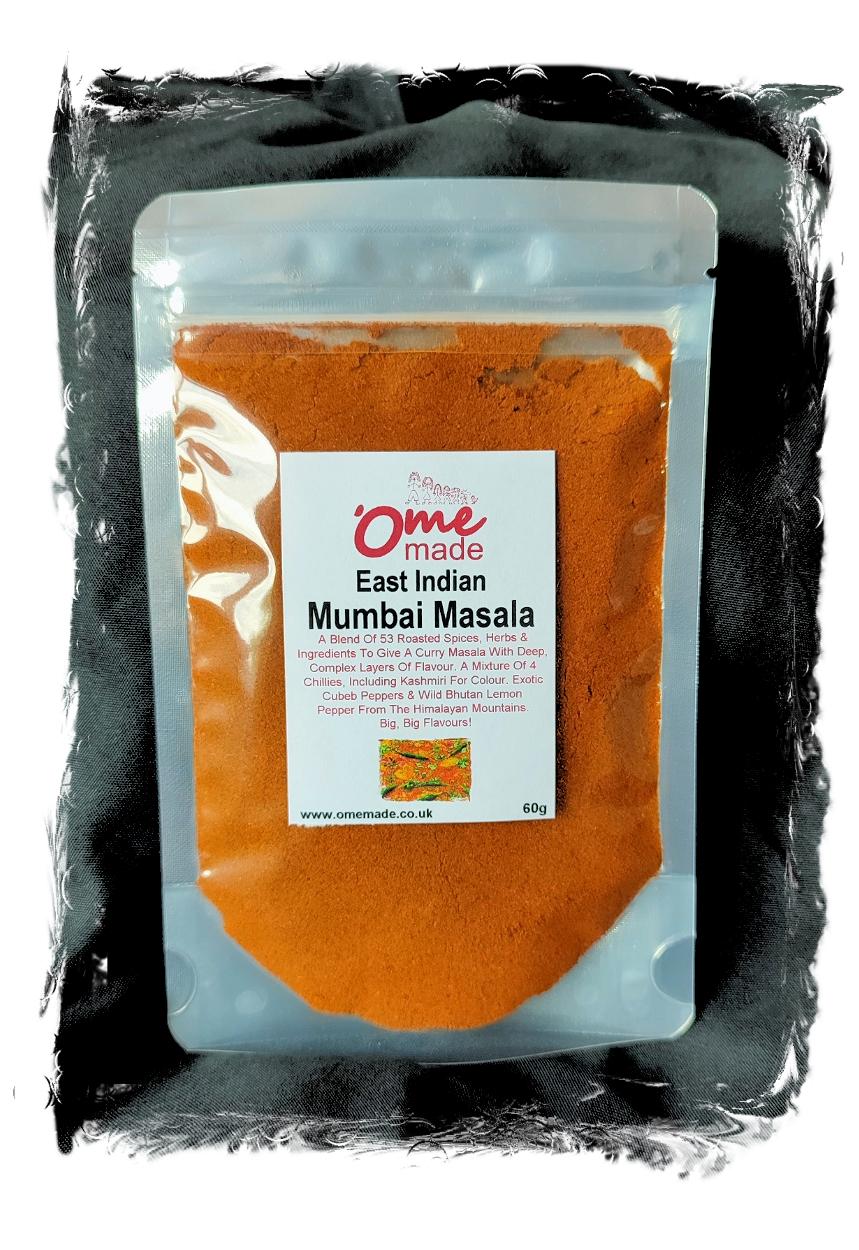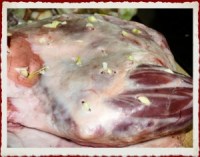Rich & Spicy Mutton Curry Recipe
I do like chicken and lamb in a curry. Sometimes though you want a more traditional dish, cooked long and slow. Mutton is ideal for this. Mutton Curry is ideal if you’re looking for an Indian dish for a special occasion. We had this dish as part of an Indian meal.
Where To Get Mutton?
It’s not something you’re going to get from the supermarket!
Ask your local butcher or get some direct from the farm yourself.
If you’re in the Sheffield area you could pay a visit to Whirlow Hall Farm Shop. It’s where we got ours from but it is advisable to give them a bell first to make sure they have some in.
Be warned though. I only went in for Mutton and make a delivery but came out with mutton and a hefty piece of Sirloin steak! It was calling me!
If you are struggling to get mutton you can use lamb, just cut down on the cooking time. You could even use chicken thigh but again decrease the cooking time further.
What Cut Of Mutton For A Mutton Curry?
This is entirely up to you. I just asked for a little over a kilo of diced. I think it was shoulder. To be honest any cut will be good enough for a mutton curry. As it needs slow cooking any fat will render down and give a lovely rich sauce. If you want a really traditional Indian dish you could of course cook the mutton on the bone. This way you will get even more flavour in your gravy.
How Spicy Is Spicy?
Most of the spice in this recipe comes from Kashmiri chilli. This recipe isn’t blow your head off spicy. It’s quite easy to adjust the spiciness by either using more chilli powder or adding more fresh chillies. I added some whole fresh birds eye chillies towards the end of cooking to give it an extra kick.
If you like the look of this curry you may want to have a look at my recipe for Lamb Madras
Rich Spicy Mutton Curry
Ingredients
Marinade
- 1 kg mutton diced
- 3 garlic cloves crushed
- 3 tsp chopped ginger
- 6 tsp Kashmiri chilli powder use 3tsp chilli powder and extra 3tsp sweet paprika if you can’t get hold of Kashmiri
- 6 tsp sweet paprika
- 1 tsp salt
- 1 tbsp yoghurt
Curry
- 1 onion sliced
- 2 onions pureed in a food processor
- 6 cloves garlic finely chopped or grated
- 1 inch cube piece of ginger finely chopped or grated
- 4 tbsp of oil or ghee
- 2 sticks of cinnamon or cassia bark
- 2 whole star anise
- 12 fresh curry leaves if you have them
- 1 tsp of salt
- 3 tsp tomato puree dissolved in 300ml of hot water
- 140 g cashew nuts just covered with hot water and left to soak for 20 minutes and then blended
- 1 tbsp of ‘Ome Made B.I.R Curry Masala (or other curry Masala)
- 400 g tinned tomatoes pureed in a food processor with 3 red chillies (more if you like heat, or fewer for a milder curry)
- 500 g natural plain or Greek yoghurt
- 1 tbsp of Kasoori methi or fenugreek leaf
- 2 tsp dried mint
- 2 tsp of ‘Ome Made Garam Masala or any other brand
- 1 tsp of ground all spice optional
- 1 tbsp of sugar jaggary or a dark sugar is better
- 2 limes juice of
- 1 bunch fresh coriander chopped
- Salt to taste
- Toasted almond flakes optional
Instructions
- Put the mutton to marinate overnight or for at least 3 hours.
- Heat the oil in a heavy bottomed pan
- Add the sliced onion and gently fry until brown and caramelised. Once the onion is browned remove from the pan with a slotted spoon and reserve for later.
- Add the curry leaves, cinnamon and star anise to the pan (careful they may splutter)
- Add the onion puree and 1 tsp of salt. Continue to fry gently for 15 minutes
- Add the garlic and ginger and fry gently for 30 seconds
- Add the curry Masala and fry for 20 – 30 seconds
- Add the mutton and any marinade, stir and let seal
- Add the watered down tomato puree, stir and let reduce back down to a thick paste.
- Add the blended tinned tomatoes and chillies. Bring back to a simmer
- Add the yoghurt and cashew paste, stir and again bring back to the simmer.
- Turn the pan down and cover with a lid. Either cook on a very gentle heat on the hob (use a heat diffuser if you have one) or cook in the oven on a low temperature around 140°C. It wants to cook for around 2 ½ – 3 hours. If the sauce is looking to thick after an hour of cooking then you can thin it with a little water.
- After 2 ½ – 3 hours you can add all the other ingredients, including the caramelised onions from earlier (keep a few almonds and coriander leaves back to garnish if you wish). Cook for another 20 – 30 minutes on the hob, lid off, before serving with pilau rice & Indian style breads.












































